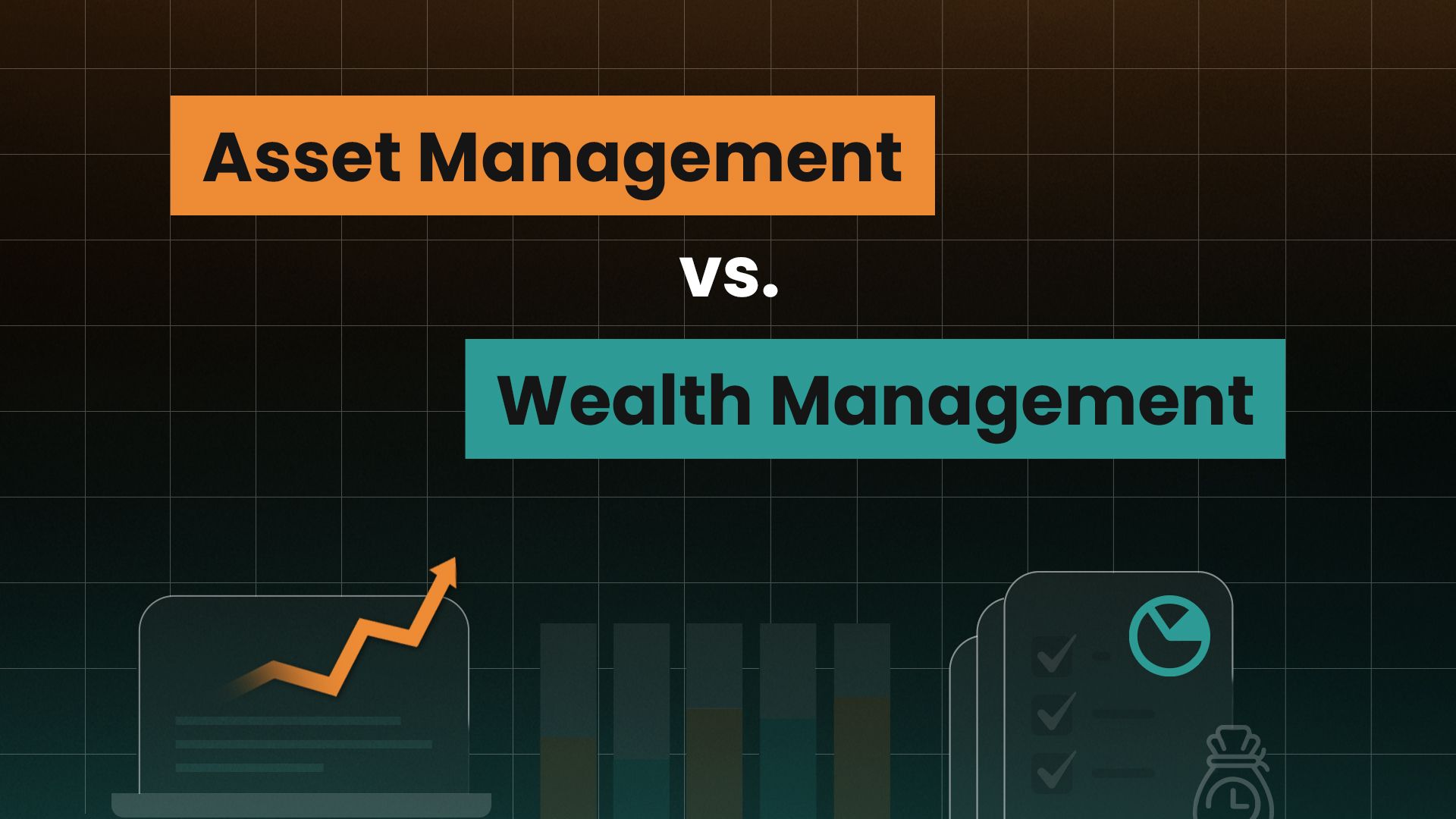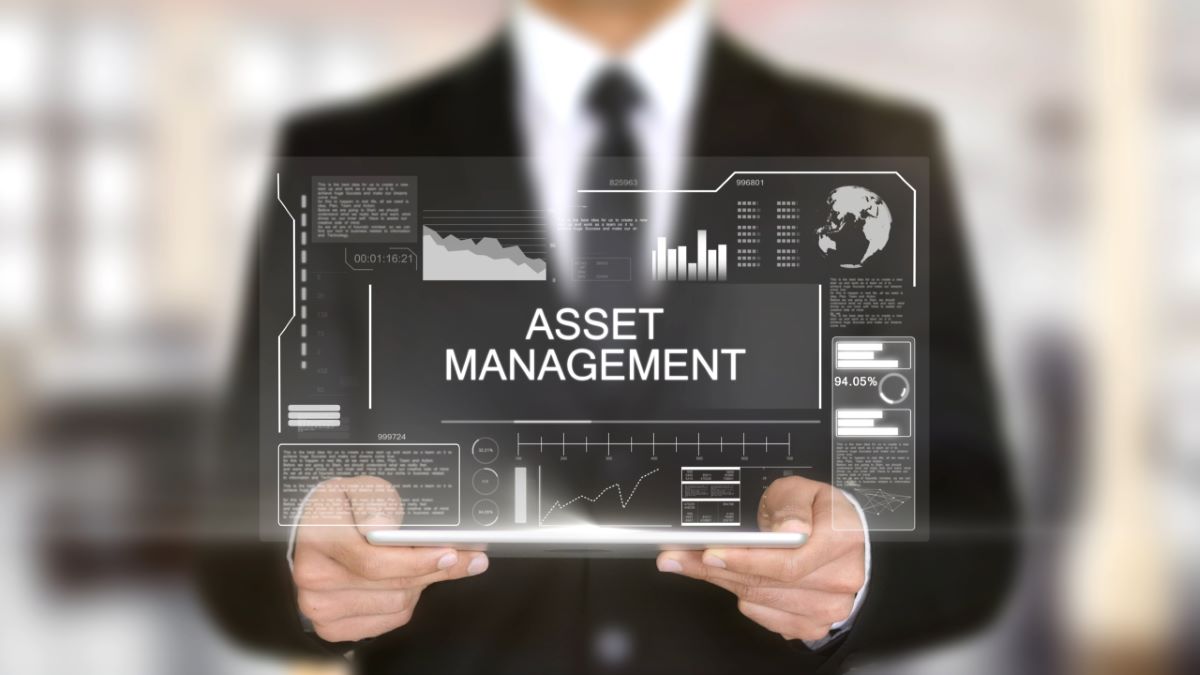

Finance
Discover Asset Management Made Easy
Modified: December 30, 2023
Discover why asset management is an essential tool for companies to succeed. Learn how to build and maximize your financial wealth made easy.
(Many of the links in this article redirect to a specific reviewed product. Your purchase of these products through affiliate links helps to generate commission for LiveWell, at no extra cost. Learn more)
Why Asset Management Is Easy
Asset management conversation is a double-edged sword. Asset management is more of asset distribution. And how these assets circulate. These two things are a dichotomy of sorts. This procedure requires making money.
While finding ways to mitigate the risk of losing resources.This means that investors have to place investment minimums. These are assets available to individuals with high net worth.
An asset manager handles building assets for his clientele. He makes sure that he does the proper research. Then he determines based on this research which investments are worth pursuing. Which ones the client should not invest in altogether.
Some Of An Asset Manager’s Tasks Include:
- Checking market trends
- Conducting interviews with market officials
- Invests in commodities, equity, fixed income, real estate
- Invests in other income generating profiteering and mutual funds
Financial Accounts Usually Possess The Following:
- Writing balanced checks
- Credit cards and debit cards
- Margin loans
- Automatic sweep of cash balances into a money market fund
- Brokerage services
When you deposit money into an account. This is then transferred into a money market fund. A money market fund is a kind of mutual fund. This umbrella is composes of different financial instruments.
This includes cash, cash equal securities, high rating-rating-debt-based securities placed. These usually have a short-term maturity. This usually takes 13 months to come of age. This goes for very high income rate as opposed to the level of risk it makes. The money market fund offers a higher return.
That compares to regular savings and checking accounts. You as an account holder can choose between FDIC and non-FDIC accounts. The FDIC (Federal Deposit Insurance Corporation) makes sure to mitigate. When it comes to any bank transaction failures. You as an account holder have many benefits.
Meaning you will not need multiple finance institutions. One is enough to handle your banking and investing needs. It is more practical to hold one financial institution. This institution will provide services at the same rate. Rather than keeping separate financial brokerages. This will be more time consuming as well as bank on.

Photo by Michael Steingberg from Pixabay
Here Are Some Important Points To Remember:
- Asset management refers to handling finances in behalf of others
- To grow income and assets while minimizing risk of losses
- It is a service that is offered by financial institutions.
- Such consider the high-net worth of individuals, government agencies, enterprises as well as financial intercessors.
Asset Management Institutions
An example of a financial institution that offers services. Merrill Lynch is an example that provides a Cash Management Account (CMA). They cater to the needs of clients who want to make use of both banking and investment in one.
Such account gives you a financial adviser who deals with financial advice. An adviser deals with giving you financial options as well as public offerings (IPO). Merrill Lynch may choose to interact with relevant foreign currency transactions.
Why Is Asset Management Important?
Here are some important reasons why business should make use of Asset Management:
1. It Helps A Company Monitor Its Total Assets
Asset management makes it easy for companies to check their total assets. It doesn’t matter if it is in the form of liquid or fixed ones. Stakeholders should be aware of assets that are moving. They should also know when assets are stagnant.
Effective owners are knowledgeable of how these assets are used. They also have to know when there are changes in the flow of income. For investors who have high experiences. Assets are easy to recover. Because they know how to foresee the market trend.
2. Ensures The Accurate Calculation Of Amortization Rates
When a company checks assets on a regular schedule, this defines equity in the checkbooks. Asset management keeps the balance sheets updated.
3. Singles Out And Mitigates Risk
You can easily identify risks as well as the risks involved. Through asset management, you can manage the use of your ownership and assets. This means that a company can always make steps to avoid financial risk before it happens.
4. Eradicates Ghost Assets In The Checkbook
It is hard to avoid records of losses, damaged or stolen assets. Asset management allows for a clean slate. With a management plan that strategize the best practices. You as an owner can keep tabs on bad assets and eliminates them from the records.

Photo by Egor Kamelev from Pixabay
5 Steps To Create A Solid Asset Management Plan
Any public or private enterprise considers ownership as part of it. Making use of assets allows an owner to plan a strategy.
Step 1: Make A Finalized Asset Inventory
An owner has to make an account of all the assets he owns. Such risks involved are when an owner does not know the precise number of assets he has. His inventory will reflect all the assets he needs to manage. When preparing your asset inventory you must consider:
- The final accumulated number of assets
- Identify the location of these assets
- How valuable these assets are
- When did you get these assets
- How long will you be keeping these assets
Step 2: Calculate Asset Life Cycle Costs
A responsible business owner wants to keep an accurate account of his assets. Then, he maintains a calculation of the entire life-cycle cost of all his assets. Many business owners makes an error of only computing for the initial costs of asset buy.
A business owner also encounters many other expenses as he computes. These includes the maintenance fees, the costs of re-modelling and maintaining conditions. As well as remove assets that are no longer beneficial.
Step 3: Position Levels Of Service
After you calculate for the life-cycle expenses. The next step is to place well defined levels of service. This means you have to outline standards of quality, capacity and the role of each service. These services set the pace of asset movement.
Asset management also sets the quality of deliverables. You’ll know if your sheets have accurate records. You know you are making sound financial acumen. A firm owner will determine this. The operational, maintenance and renewal activities for his company. Once he accomplishes this, it will be marker of good assets earned.
Step 4: Execute Financial Planning For The Future
With your good asset management plan, you cancel out adverse effects. Thus, your financial planning will be suitable to future goals.
A sound financial plan predetermines the success of a company. An effective financial plan is a precedent to good future investments. An owner can then decide. Which areas to focus on and which ones are attainable.
Asset Management Benefits
Here are the most important reasons why Asset Management is a plus. And why you should consider using it if you are a thriving business.
1. Improvement Of Acquisition And Utilities
When a business owner chooses to keep track of his assets. The life cycle is a good barometer for asset growth. You can now think of ways to improve your technique. As well as hone the skill set you already have. When an owner knows his way around acquisitions and asset usage, he builds his company’s growth.
An example of these are financial systems. PC companies adopt to these strategies to create sound asset management. Hence these companies employs such strategies to build assets.
These PC companies identify bad strategies and remove them. Such for example are wasteful spending patterns. Developing a cost effective way to buy equipment is a way to address this.
2. Compliance Improvement
Finance regulators compel companies, organizations and even governments to provide reports. These are a detailed account of how these institutions make use of assets. How assets acquisition makes the scope of these reports.
Or how these companies discard assets. To make this process more efficient companies use a stream-line database. It is easier to put together reports by the end of a financial year. Also, there is ease of access to information in the future.
In Conclusion…
Asset management need not be prolific. You can easily employ a plan that suits your needs. This can be a financial plan that is more flexible. Or it can also be a plan that is set-to-stone to where your goals are for the future.
It’s also important that you remember that at a minimum, one financial institution is enough to manage your assets. Finding your sweet spot in the asset management field can be easy, using the right steps.
Just remember to protect your assets with a sound management plan. Knowing which assets are of more value and to stick to these assets.














